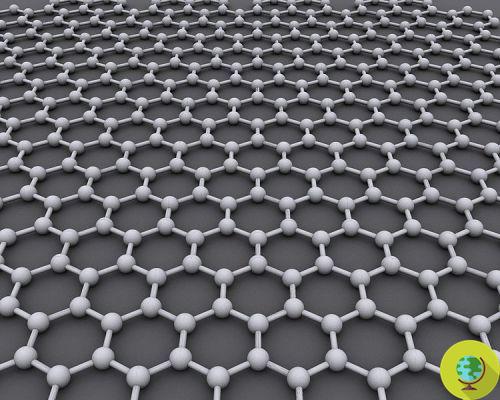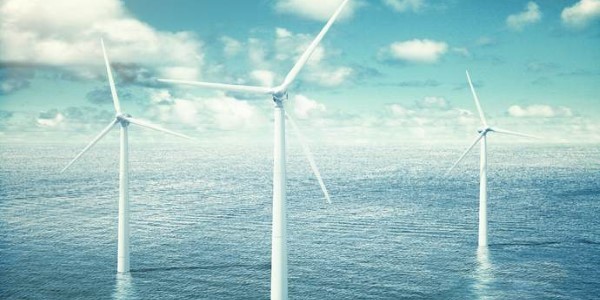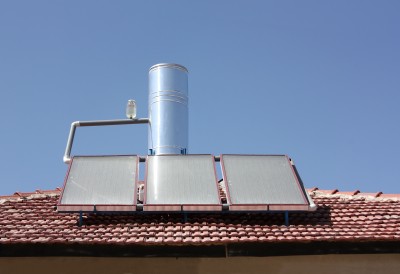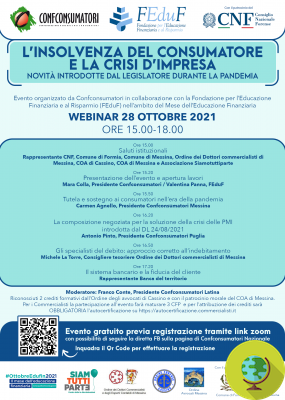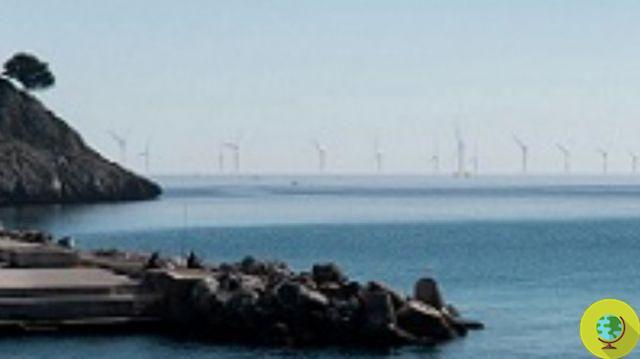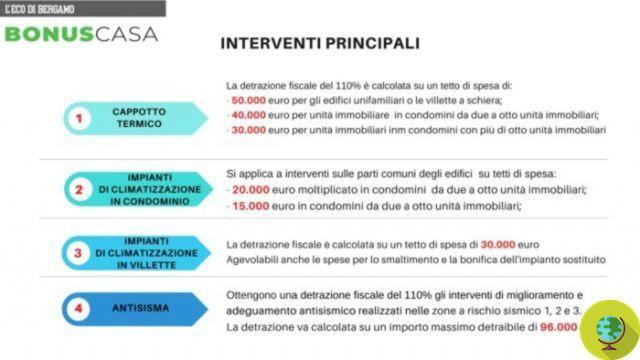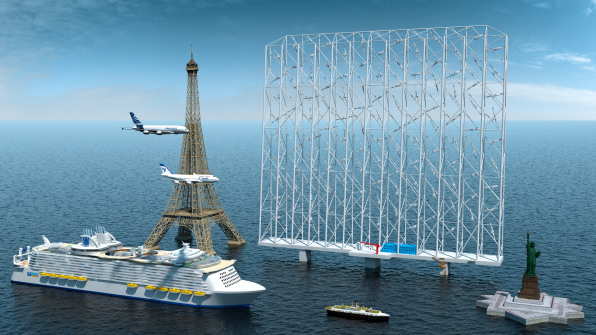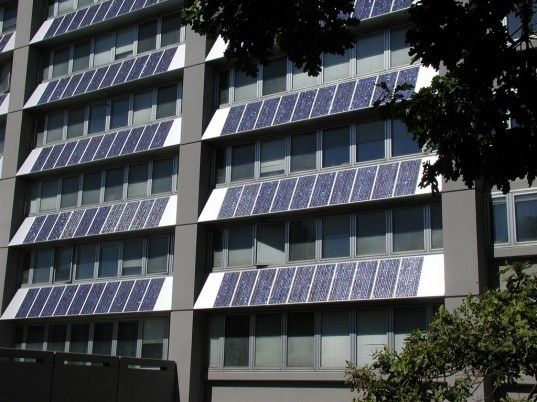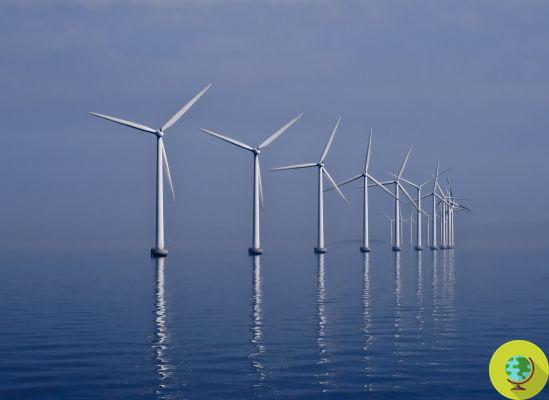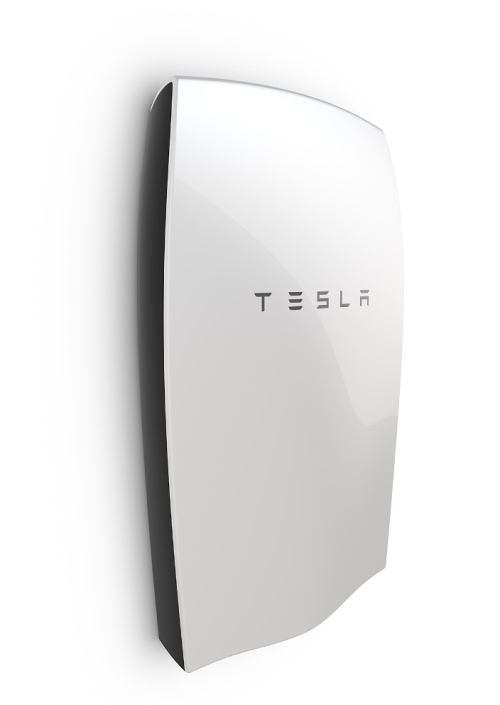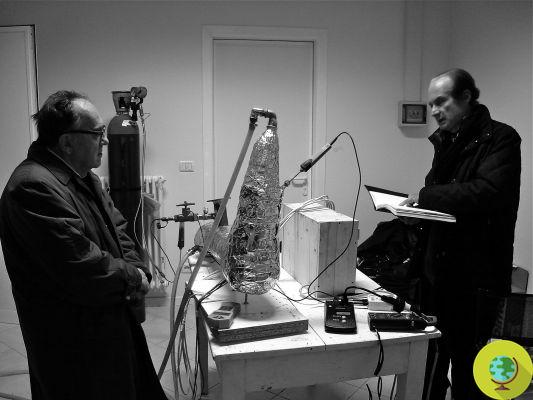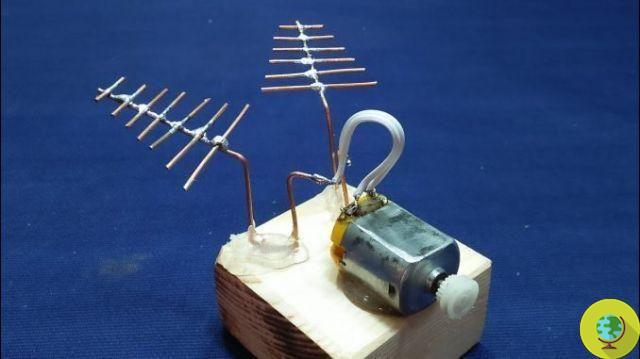
Who are Rossi's potential competitors in the field of cold fusion? Here are the four characters / entities that would be working on the LENR
He is about to end up run over, his mother saves himEnd of the year, it's time to take stock. Who knows if Andrea Rossi will be wondering about what he has done in this 2011 with his wonder car, theE-Cat, and who knows if he fears that potential "competitors" could steal his place on the front of the cold fusion in the not too distant future.
The race for clean energy achieved through the so-called LENR it is literally inflaming spirits, all over the world. In the United States, you have become an integral part of the presidential campaign debates. And while Rossi hides behind his usual reserve, there are those who are not afraid to reveal to the world the "tricks" of their magic. And here are the current positions of Rossi's potential competitors.
The Greeks of the Defkalion. Although Rossi has denied the possibility that the Greeks of Defkalion can commercialize their device for the cold fusion, theHyperion, the Greek company, with which Rossi himself had entered into an agreement which was then skipped, with a communique Defkalion had instead made it known that it was almost ready with a "final product ready to enter the market in 2012". And a few days ago, an expert would have visited the Defkalion factories, hinting that the Greeks would already have something important in their hands: "Their products are revolutionary" explained to the journalist Jed Rothwell. If it isn't Rossi, will the Greeks revolutionize the world of energy?
La NASA. On the US front, too, people are running to try to fully understand if they are Low Energy Nuclear Reactions, the Lenr, are now a concrete possibility. NASA apparently seems to believe in the work done in the last year on the E-Cat and in turn wants to deepen the research. In fact, the US Space Agency has specified that such processes cannot be classified as 'cold fusions', but only as 'low-energy nuclear reactions'. Meanwhile, the first step will be to complete the basic tests of the technology, already by 2012 by joining the forces of Glenn Research Center, Langley Research Center and Marshall Space Flight Center, three important research centers of NASA. Will cold fusion take us to space?
Electrolytic cold fusion. Another proposal, yet to be verified, is that of Renzo Mondaini, a scholar from Ravenna who, through three videos on YouTube he explained what lies behind his electrolytic cold fusion, that is to one non-radioactive low-energy nuclear reaction. For electrolytic cold fusion, according to Mondaini, you need a glass jar with water inside, with a dissolved substance to make it conductive. Two electrodes are immersed inside which will be powered with a continuous voltage higher than 150 volts and adjustable. Starting from these ingredients, the scholar revealed that he is able to produce energy. But does it really work?
Francesco Celani. First Researcher of the National Laboratories of Frascati dell'National Institute of Nuclear Physics, as well as vice president of the International Society of Condensed Matter Nuclear Science, some time ago from the pages of Focus he addressed an invitation to Rossi, that is a new test open to scientists to make them understand the functioning of the E-Cat notwithstanding, “full respect for his trade secret".
And in an interview recently released to Radio24, Francesco Celani explains that the idea of Rossi and Focardi, if real, could prove to be a winner: "The point is that Rossi finances himself, he tries to take the greatest economic advantage from the work he is doing. . That's right, but it's hyper-secret and prevents fellow scientists from making independent, autonomous measurements. Of course, as long as he doesn't have all the patents in place, he's afraid that someone will understand his secrets. " But then he specifies that it would not be a bluff. Sure, the cold fusion is really a mirage, but if Rossi really succeeded in his intent it would be useful to understand how: "Some special materials, such as palladium, nickel and titanium, if filled with deuterium and subjected to non-equilibrium, non-stationary states, suitable conditions sometimes have results not explainable by known chemical reactions, therefore attributable given their energy density to the so-called cold fusion". In theory, but in practice is the E-Cat already capable of doing this?
Francesca Mancuso







